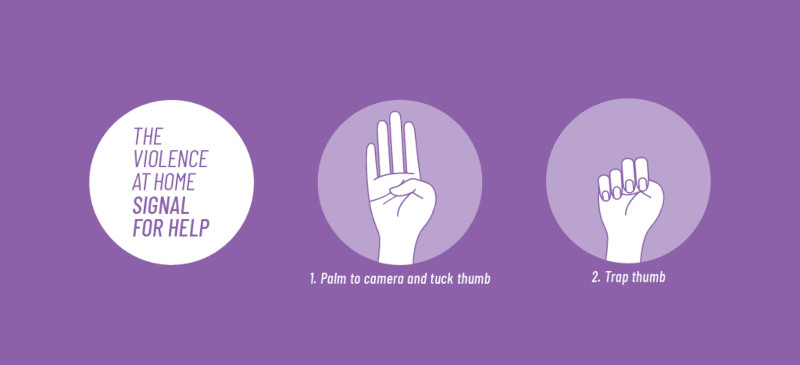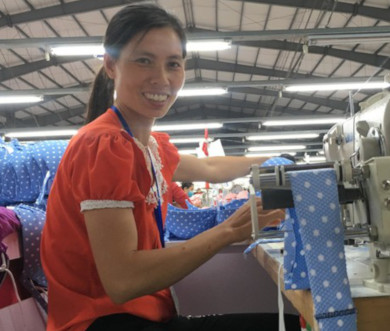Article from Issue #51 (November 7, 2022)
Signal For Help
by Canadian Women's Foundation

Source: Canadian Women's Foundation
The social isolation measures necessitated by the COVID-19 pandemic are making it more difficult for those who are at risk of abuse or violence to safely reach out for help.
“Signal for Help” is a simple one-handed sign someone can use on a video call. It can help a person silently show they need help and want someone to check in with them in a safe way.
There’s ample evidence that disaster situations can lead to a surge in gender-based violence. Public health directives on home isolation might increase danger and risk for people in abusive relationships.
The Signal for Help is a tool that may help some people, some of the time. Some people do not have the ability to make video calls. Please find other resources, services, and programs below that may be helpful in an unsafe situation at home.
The Signal for Help was launched by the Canadian Women’s Foundation in response to COVID-19, and is now being shared by partner organizations around the world. If you are an organization that would like to launch Signal for Help in your own country or region, get in touch with us at info@canadianwomen.org.
If You See the Signal:
If you see someone use the Signal for Help, check in with the person safely to find out what they need and want you to do.
They may want to tell you what is happening. They may ask you to listen and be there for them. They may ask for help finding services.
If you or someone you know is in immediate danger, call 911 or your local emergency services (police, fire, ambulance).
Some Ways You Can Check In Safely
- Call them and ask questions that can be answered with “yes” or “no”. This may reduce risk if someone is listening. For example:
“Would you like me to call 911?”
“Would you like me to call a shelter on your behalf?” (Find a shelter in your community by visiting ShelterSafe.)
“Should I look for some services that might help you and call you back?” (Find some services you can reach out to.) - Use another form of communication such as text, social media, WhatsApp, or email and ask general questions. This may reduce risk if someone is watching the person’s device or accounts. For example, you can ask:
“How are you doing?”
“How can I help you out?”
“Get in touch with me when you can.” - Other questions you can ask:
“Do you want me to reach out to you regularly?”
“How else can I support you?”
Get Help
- If you or someone you know is in immediate danger, call 911 or your local emergency services (police, fire, ambulance).
- These websites list services, programs, and organizations all over Canada. You can also look for other places to get help in your community using Google search. Try search terms like “crisis line”, “domestic violence”, “women’s shelter near me”:
- Resources for elder abuse: www.canada.ca
- Resources for child abuse: kidshelpphone.ca or crisistextline.ca
- American resources: womensfundingnetwork.org/signalforhelp
Signal for Help Materials
Please share Signal for Help on social media and help get the word out!


 Coercive Control Added to Canada's Divorce Act
Coercive Control Added to Canada's Divorce Act A Win for Women Worldwide
A Win for Women Worldwide We Must Honour Ruth Bader Ginsburg's Wish!
We Must Honour Ruth Bader Ginsburg's Wish!